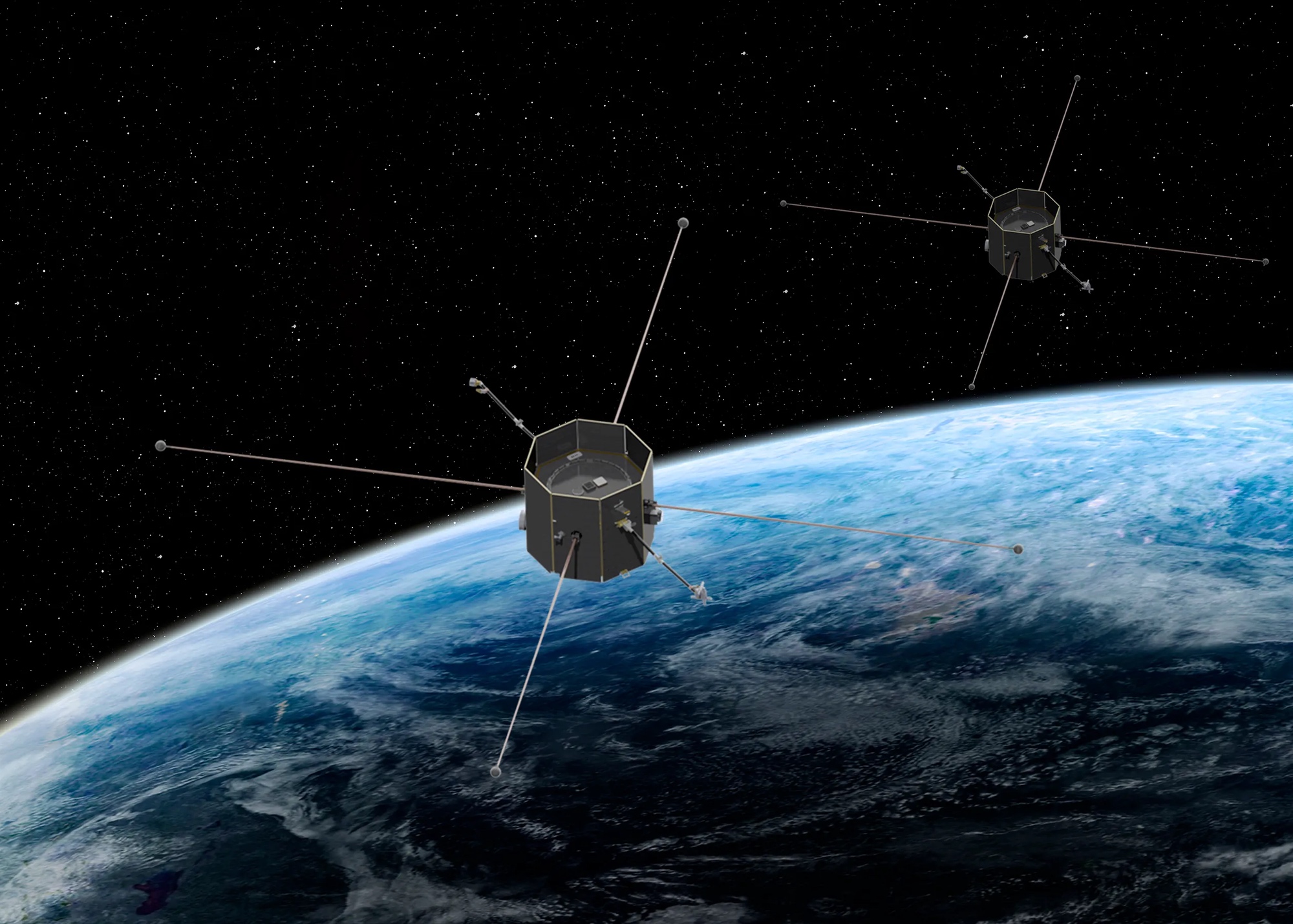WASHINGTON — NASA has selected SpaceX to launch a pair of smallsats to study space weather as part of a rideshare mission in 2025.
NASA announced Sept. 29 that it awarded SpaceX a task order to launch the Tandem Reconnection and Cusp Electrodynamics Reconnaissance Satellites (TRACERS), a pair of smallsats that will study space weather and the magnetosphere from low Earth orbit.
NASA selected TRACERS in 2019 as a heliophysics Small Explorer, or SMEX, mission, with a cost of no more than $115 million. At the time it was planned to launch as a secondary payload with another SMEX mission, the Polarimeter to Unify the Corona and Heliosphere (PUNCH). In August 2022, though, NASA said that PUNCH would fly on the same Falcon 9 as an agency astrophysics mission, the Spectro-Photometer for the History of the Universe, Epoch of Re-ionization, and Ices Explorer (SPHEREx) in 2025.
The NASA announcement of the TRACERS launch did not state how the spacecraft would launch other than on a Falcon 9, and did not provide a launch date. NASA spokesperson Leejay Lockhart said Sept. 29 that TRACERS will be the primary payload of a rideshare mission going to sun-synchronous orbit no earlier than April 2025.
As with past awards made through the Venture Class Acquisition of Dedicated and Rideshare (VADR) contract, NASA declined to state the value of the task order, saying that such information is “competition sensitive information” that could affect bids on future task orders. According to a government procurement database, NASA added $3.593 million to SpaceX’s VADR contract Sept. 26, but did not explicitly link it to the TRACERS task order.
Once placed into sun-synchronous orbit, the two spacecraft will perform repeated crossings of the polar cusp of the Earth’s magnetosphere, as field lines bend down to the north and south poles, studying the interactions known as magnetic reconnection between the solar wind and terrestrial magnetosphere.
The mission is led by David Miles of the University of Iowa, who took over as principal investigator after the death in August of Craig Kletzing, also of the University of Iowa. The spacecraft are being built by Millennium Space Systems.
